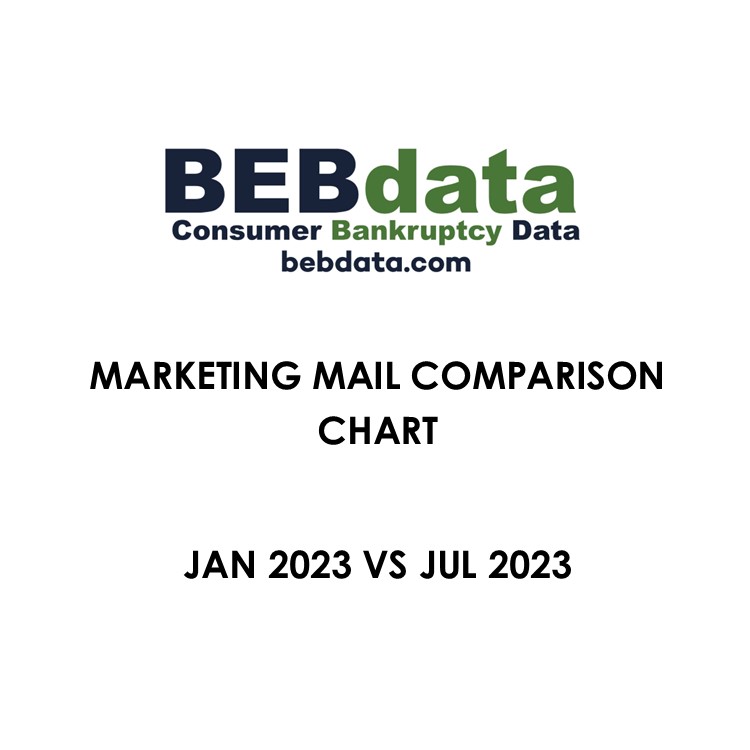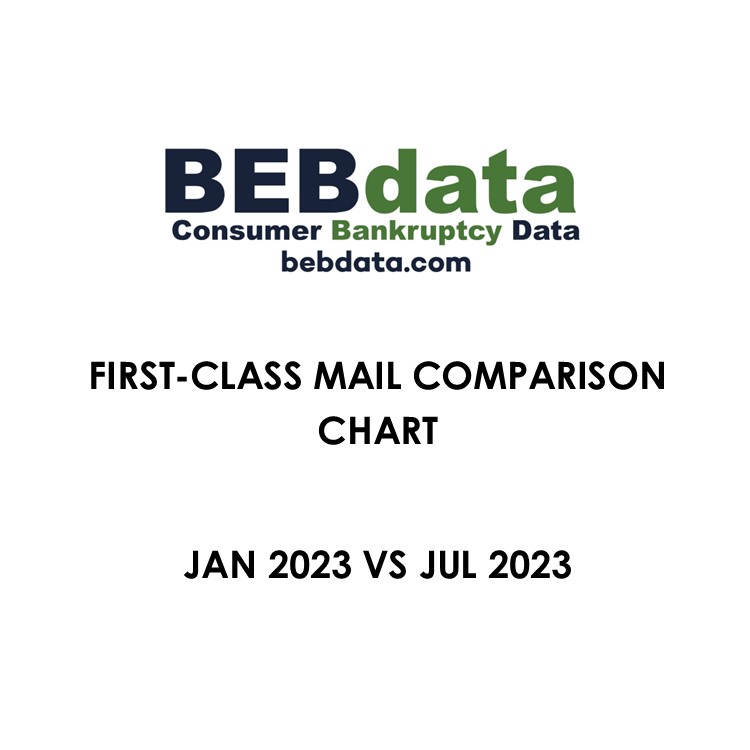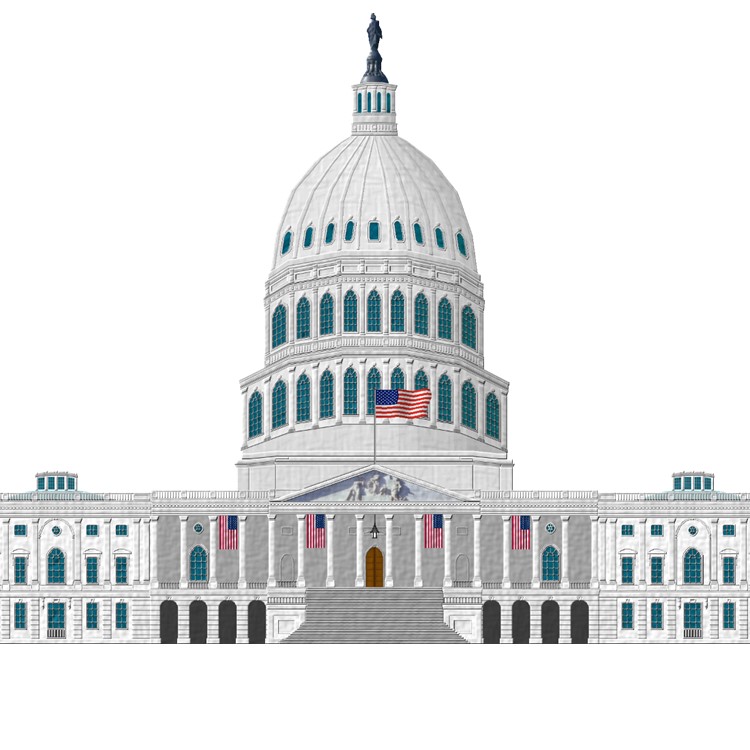 Consumer bankruptcy data is a valuable resource for businesses seeking to understand market trends and identify potential customer segments. This data reveals demographics, geographic locations, and even specific types of debt involved in bankruptcy filings, allowing companies to refine their target audience and tailor their marketing messages accordingly.
Consumer bankruptcy data is a valuable resource for businesses seeking to understand market trends and identify potential customer segments. This data reveals demographics, geographic locations, and even specific types of debt involved in bankruptcy filings, allowing companies to refine their target audience and tailor their marketing messages accordingly.
By using this data, businesses can gain insights into the needs and challenges faced by consumers who have recently gone through or are in the process of a bankruptcy filing. This deeper understanding can help businesses develop products and services that cater to these specific needs, and create compassionate and supportive marketing campaigns that resonate with this audience.
Category Archives: Bankruptcy Data Blogging
The High & Low of Hybrids
 The initial excitement surrounding electric vehicles (EVs) has given way to more subdued sales figures, while traditional hybrids have experienced significant growth. In 2024, Toyota alone sold nearly one million hybrids, accounting for 6% of total vehicle sales. By most industry estimates, the overall share of EV sales across all brands reached approximately 10%.
The initial excitement surrounding electric vehicles (EVs) has given way to more subdued sales figures, while traditional hybrids have experienced significant growth. In 2024, Toyota alone sold nearly one million hybrids, accounting for 6% of total vehicle sales. By most industry estimates, the overall share of EV sales across all brands reached approximately 10%.
As the automotive industry approaches 2025, uncertainties related to political developments could further complicate the landscape for electric vehicles.
Despite mixed messages in the media about EVs, awareness and acceptance of the technology are rising among consumers. A recent study conducted by CDK revealed that the percentage of gas vehicle shoppers willing to consider an EV in the future increased from 18% last year to 31% this year. Among hybrid shoppers, the willingness to switch to an EV jumped from 38% to 54%.
Additionally, consumers purchasing gas vehicles are gaining a better understanding of EV technologies, including aspects such as driving range and the availability of charging infrastructure in their areas.
MARKETING MAIL RATE COMPARISON CHART
Click below to see a chart showing Jan 2023 Marketing Mail rates compared to the upcoming July 9 rate change.
FIRST CLASS RATE COMPARISON CHART
Below to review a chart of First-Class mail rates from Jan 2023 compared to the July 9th rate request.
Proposed July 9 Postal Rates
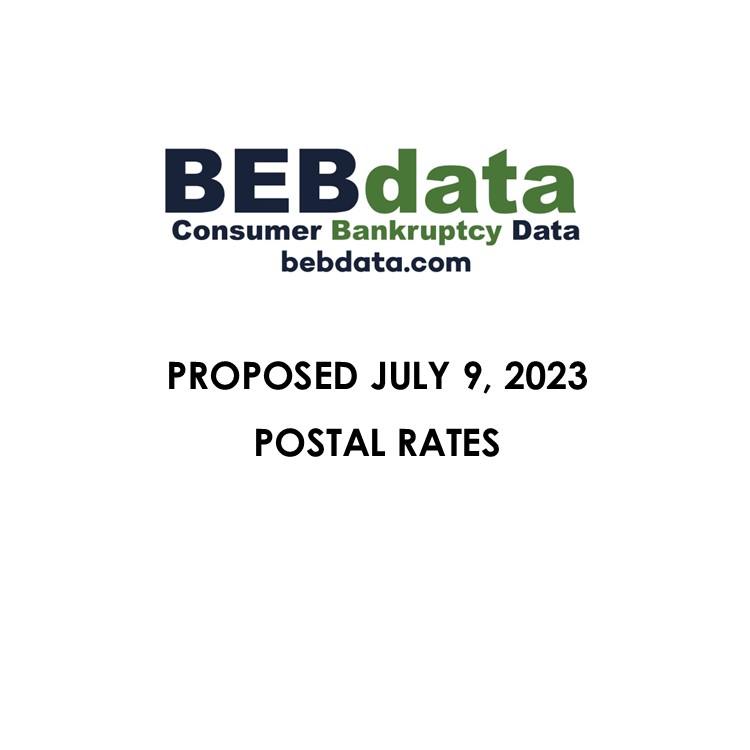 The USPS has recently filed for a second postal rate increase to take place on July 9th. Click below to see a proposed rate chart.
The USPS has recently filed for a second postal rate increase to take place on July 9th. Click below to see a proposed rate chart.
Serious CC Delinquencies Expected to Rise in 2023
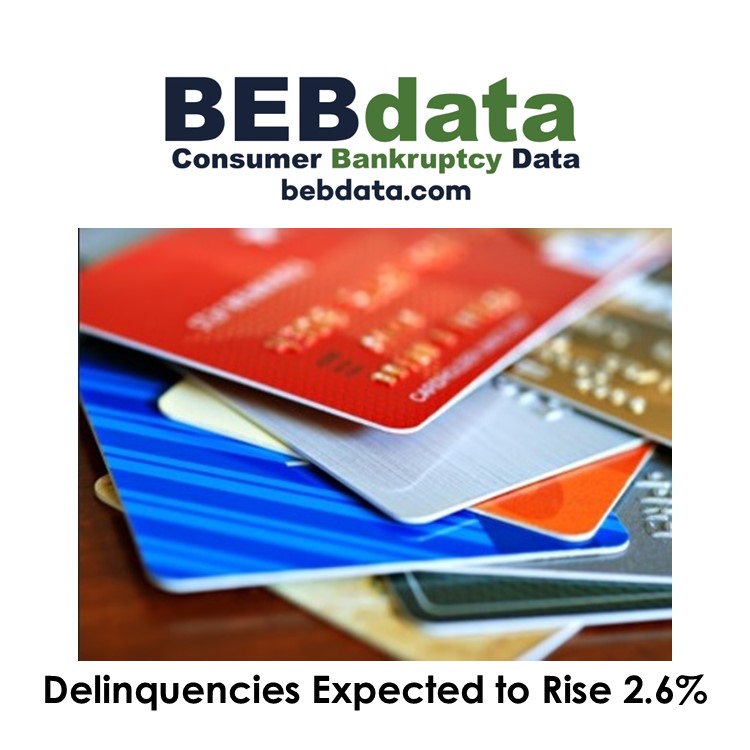 TransUnion forecasts serious credit card delinquencies to rise to 2.60% at the end of 2023 from 2.10% at the conclusion of 2022. Unsecured personal loan delinquency rates are expected to increase from 4.10% to 4.30% in the same timeframe. Serious auto loan delinquency rates are expected to modestly decline to 1.90% in 2023 from 1.95% in 2022.
TransUnion forecasts serious credit card delinquencies to rise to 2.60% at the end of 2023 from 2.10% at the conclusion of 2022. Unsecured personal loan delinquency rates are expected to increase from 4.10% to 4.30% in the same timeframe. Serious auto loan delinquency rates are expected to modestly decline to 1.90% in 2023 from 1.95% in 2022.
TransUnion’s forecasts are based on various economic assumptions, such as expected consumer spending, disposable personal income, home prices, inflation, interest rates, real GDP growth rates and unemployment rates, among other metrics. The forecasts could change if there are unanticipated shocks to the economy, such as if COVID-19 disrupts recovery efforts, home prices unexpectedly fall or inflation continues to remain elevated through the next year. Better-than-expected improvements in the economy, such as potential increases in GDP and disposable income, could also impact these forecasts.
2023 Forecasted Changes in Markets
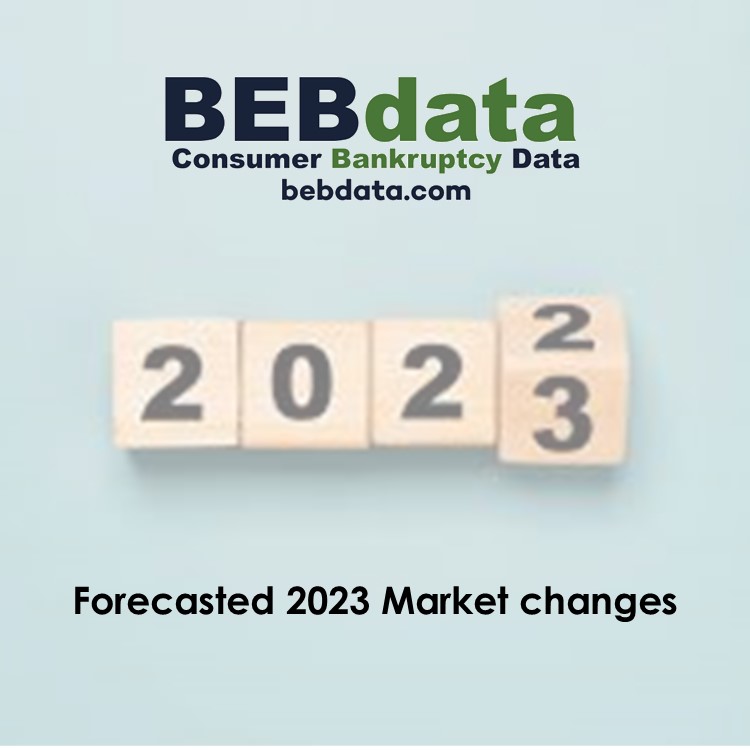 After two years of credit card and personal loan growth, despite serious delinquency rates that remained near pre-COVID levels, TransUnion predicts the consumer credit market will experience pronounced changes in 2023. TransUnion’s 2023 Consumer Credit Forecast projects delinquency rates for credit card and personal loans to rise to levels not seen since 2010. At the same time, demand for most lending products will remain high relative to pre-pandemic levels with the number of consumers securing auto and home equity loans increasing on an annual basis.
After two years of credit card and personal loan growth, despite serious delinquency rates that remained near pre-COVID levels, TransUnion predicts the consumer credit market will experience pronounced changes in 2023. TransUnion’s 2023 Consumer Credit Forecast projects delinquency rates for credit card and personal loans to rise to levels not seen since 2010. At the same time, demand for most lending products will remain high relative to pre-pandemic levels with the number of consumers securing auto and home equity loans increasing on an annual basis.
Despite a challenging macroeconomic environment, TransUnion’s new Consumer Pulse study found that more than half (52%) of Americans are optimistic about their financial future during the next 12 months. The youngest generations – Millennials (64%) and Gen Z (61%) – are most optimistic. The optimism levels are occurring against a backdrop wherein 82% of consumers believe the U.S. is currently in or will be in a recession before the end of 2023.
Rapidly increasing interest rates and stubbornly high inflation combined with recession fears represent the latest in a series of significant challenges consumers have faced in recent years. It’s not surprising then to see pronounced increases in delinquency rates for credit card and personal loans, two of the more popular credit products. Yet, many consumers – from a credit perspective – are in a better position than they were just a few years ago, equipped with credit they can use in case of more macroeconomic challenges. We expect demand for credit to continue to be high with lenders positioned well to meet it. While unemployment is likely to rise next year, it should remain relatively low, a key element for a healthy consumer credit market.
Marketing Mail Rate Comparison Chart
The first of two 2023 postal rate increases take effect on Sunday, January 22nd. Price adjustments vary depending on the product, and a few rates remain unchanged. Postmaster General Louis DeJoy said that increases would be necessary to keep up with rising costs.
Click below to download a Marketing Mail Postal Rate Comparison chart.
Using BK Data to Sell Cars – Case Studies
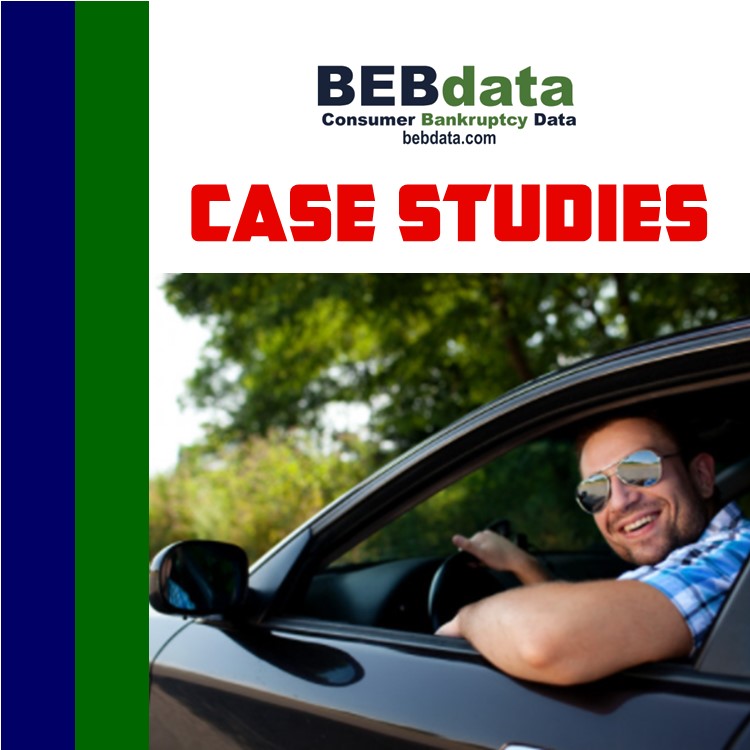 A local dealership has been using our Lead Program for over 20-years.
A local dealership has been using our Lead Program for over 20-years.
Our Bankruptcy Leads help them sell an average of 15 additional cars a month.
They spent less than $60K (including postage) and generated over $360,000 in profit last year using our Bankruptcy Program.
We just completed a test program with another local dealership. We mailed 1,526 letters to people recently discharged out of bankruptcy. That generated 11 calls from 8 prospect which resulted in 3 cars purchased. That’s a 37.5% close rate! Cost per closed deal, including postage was only $522.
Our Special Finance Lead Program Works!
Gathering Data on Your Customers & Prospects is Changing
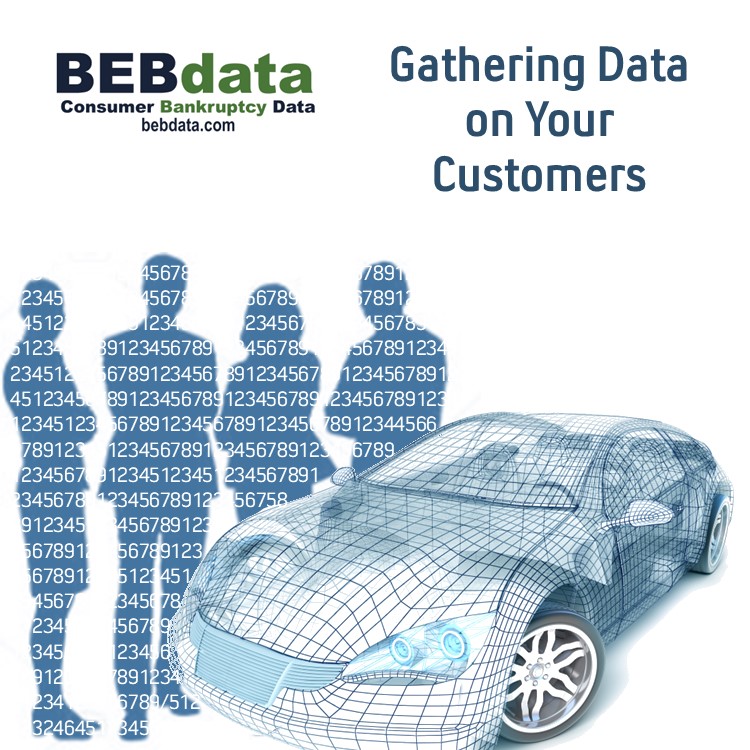 In the past, dealerships haven’t considered using their customer data as a source for advertising. That data was primarily used for sales follow-up calls or service inquiries.
In the past, dealerships haven’t considered using their customer data as a source for advertising. That data was primarily used for sales follow-up calls or service inquiries.
That’s because third-party cookies (small pieces of text sent to your browser that remembers information about websites you visit on the internet) are becoming extinct. Privacy regulations and laws are driving digital giants to stop the use of them. Apple’s latest update allows users to opt out of ad tracking, Firefox and Safari have already stopped storing cookies, and Google will phase them out of Chrome by 2023.
The loss of cookies will make it more difficult to target people who previously visited dealership’s websites making digital ads less personalized.
The good news is that dealerships have a treasure of data of their own. Customers’ emails, addresses, phone numbers, details of their automobiles and more. This data is collected through CRM systems and dealership websites. It’s known as first-party data.
Social media companies can continue to track their user activity within their own platforms which helps to build an audience and allow for retargeting through advertising directly through the platform such as Facebook or Instagram. Social media is facing extreme challenges with the newly introduced privacy options as Apple user opt out of ad tracking, social platforms lose their ability to identify their user locations.
With the recent change in size regulation for First-Class postcards (from 6 X 4.25 to 6 X 9), dealers are beginning to revisit direct mail.
Data compilers can help to “fill in” missing data from dealers first-party data through a reverse append. You provide us with your data, name/address/city/state/zip and we can append phone numbers, email addresses, and run the data through cleansing software that will update records based on the National Change of Address Database, standardize the address information, and check the addresses for accuracy.

